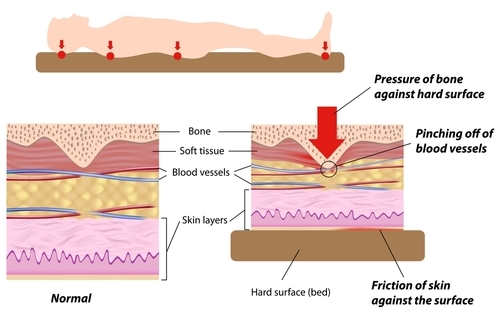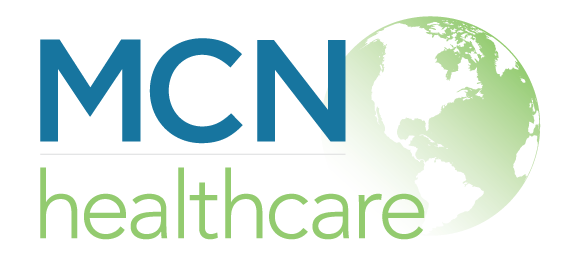
Changing Terminology: “Pressure Ulcer” Now to be referred to as “Pressure Injury”
Following April 2016’s meeting in Chicago, the National Pressure Ulcer Advisory Panel (NPUAP) released updates to pressure injury staging along with the decision for the term “pressure injury” to replace “pressure ulcer.” While the updated staging and terms may not be news to some, many in the healthcare field are left wondering why the changes were made and what implications these changes bring for coding, payment, policies, literature, and educational information.
As many may already know, the National Pressure Ulcer Advisory Panel (NPUAP) is the organization responsible for the most well-known and widely used pressure ulcer (injury) staging and categorization system, which categorizes the extent of tissue damage based upon specific criteria for Stages 1 – 4, unstageable, and deep tissue injury. According to the NPUAP, the previous staging categorization led to confusion, especially related to the description of “Stage 1 pressure ulcers” and “Suspected Deep Tissue Injuries.” In the previous system, both categories for Stage 1 and Suspected Deep Tissue Injury described injury to intact skin. The other staging categories, however, described open tissue areas, yet all were referred to as “pressure ulcers.” The NPUAP states, “The change in terminology more accurately describes pressure injuries to both intact and ulcerated skin.”
Changing terminology also means changing definitions. The NPUAP’s most recent definition of a pressure injury states:
A pressure injury is localized damage to the skin and/or underlying soft tissue usually over a bony prominence or related to a medical or other device. The injury can present as intact skin or an open ulcer and may be painful. The injury occurs as a result of intense and/or prolonged pressure or pressure in combination with shear. The tolerance of soft tissue for pressure and shear may also be affected by microclimate, nutrition, perfusion, co-morbidities and condition of the soft tissue.
Further updates include changing the staging system from Roman numerals to Arabic numerals, and the term “suspected” is no longer included in the diagnostic label for Deep Tissue Injury. Additionally, the NPUAP has included pressure injury definitions for “Medical Device Related Pressure Injury” and “Mucosal Membrane Pressure Injury.” A summary of these changes and updated definitions can be found in the NPUAP’s immediate release: National Pressure Ulcer Advisory Panel (NPUAP) announces a change in terminology from pressure ulcer to pressure injury and updates the stages of pressure injury.
The president of the Wound, Ostomy and Continence Nurses Society (WOCN) announced its Board of Director’s approval of the NPUAP’s updated terminology and staging in its letter of support stating:
The WOCN Board of Directors is in full support of NPUAP’s updated staging definitions and illustrations presented during the consensus meeting in Chicago. WOCN supports universally recognized terminology and descriptors in the staging of pressure injuries and the importance of staging in the management of acute and chronic pressure injuries.
The WOCN’s president further acknowledged in the above letter that the changing terminology and staging “will be a work in progress over the next few years.” Meanwhile, the WOCNow E-Newsletter recognized that these updates “may cause some short-term issues in regards to coding, payment, etc.” The WOCN in collaboration with the NPUAP agrees to continue to provide updated information as the new terminology is adopted.
The NPUAP has also released a FAQ to help further address concerns. Additional information can be found by visiting the websites for the NPUAP and the WOCN.
MCN HEALTHCARE
Regulatory Compliance Solutions for Healthcare Organizations,
Including Policy Management Software, Policy Library Templates,
StayAlert! – Regulatory Alert System, and Learning Management System
MCN Healthcare MCN Learning MCN Foundation


